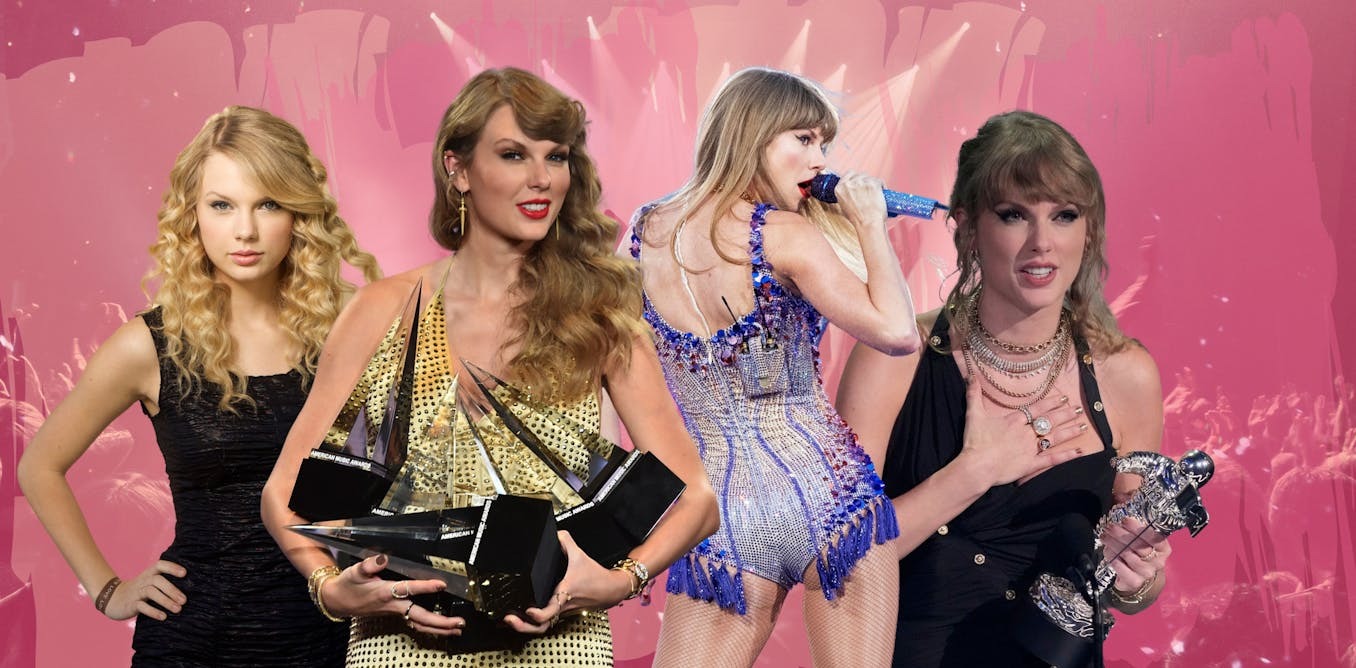
It’s not the first time Swift has been the focus of professional and academic work. In 2022, New York University’s Clive Davis Institute announced a course focused on Swift, taught by Rolling Stone’s Brittany Spanos. They also gave Swift an honorary doctorate in fine arts, as “one of the most prolific and celebrated artists of her generation”.
Other universities around the world followed with their own dedicated courses, including “The Psychology of Taylor Swift”, “The Taylor Swift Songbook” and “Literature: Taylor’s Version”.
While musicians and celebrities have been the subject of our fascinations for decades, it’s not often they receive such individualised attention. Swift’s impressive career can be studied from multiple perspectives, including marketing, fandom, business and songwriting, to name a few.
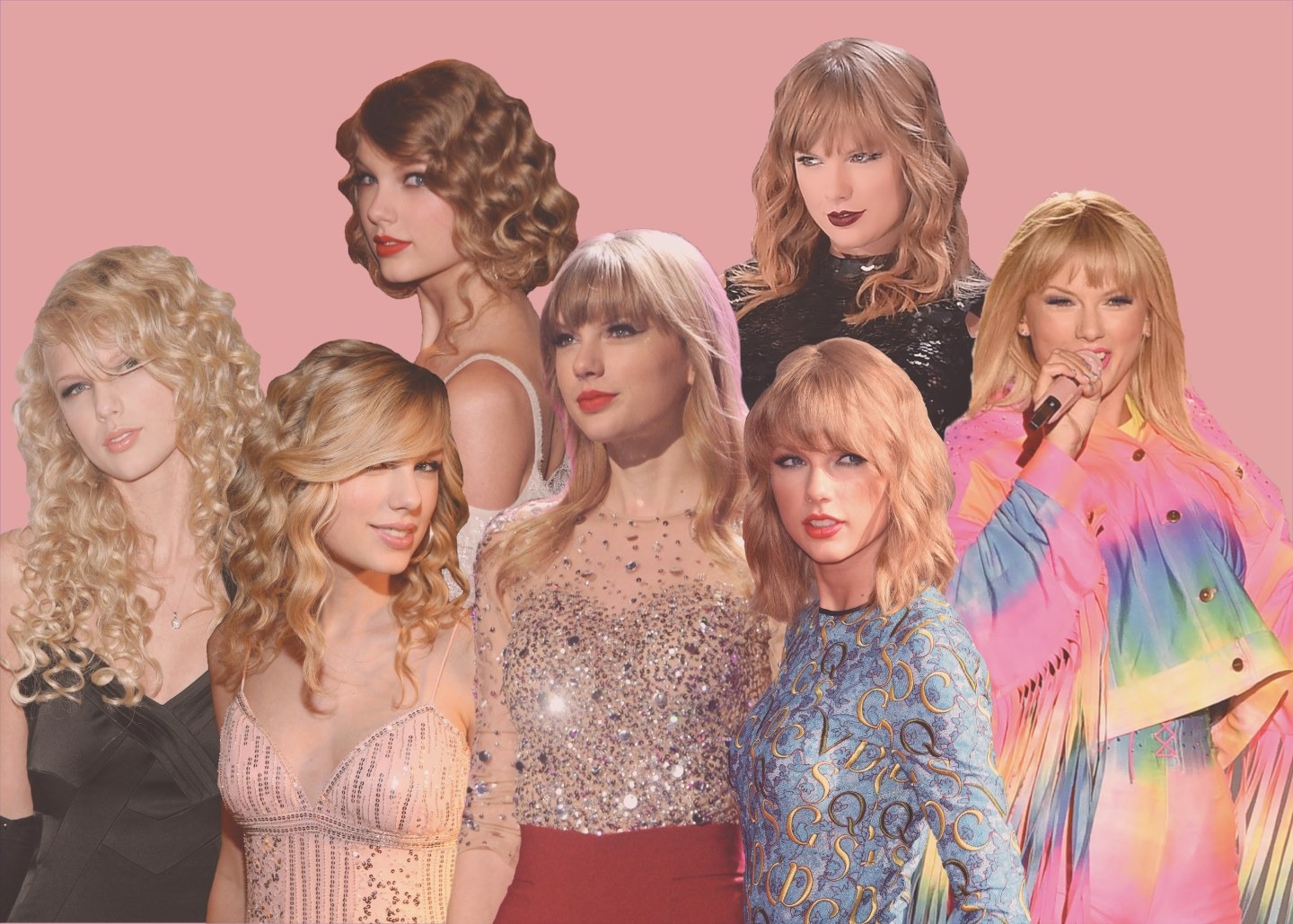 So why Taylor Swift?
So why Taylor Swift?
From a music perspective, Swift has broken a lot of records. Last month, she became the first female artist in Spotify history to reach 100 million monthly listeners.
Swift has achieved 12 number one albums on Billboard, the most by a woman artist, overtaking Barbra Streisand earlier this year.
She’s the first and only woman solo artist to win the Album Of The Year Grammy three times, for Fearless (2009), 1989 (2015) and Folklore (2020) – each in a different musical genre. It’s a credit to Swift’s masterful songwriting, and demonstrates her ability to adapt her craft for different audiences.
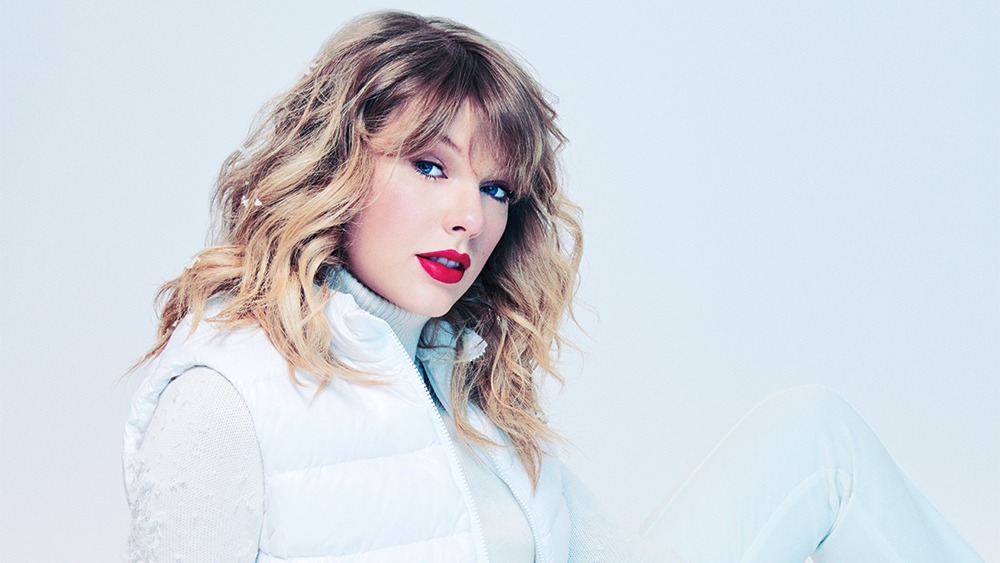
The female artists I know of have to remake themselves like 20 times more than the male artists, or you’re out of a job.
Over the course of her career, Swift has evolved from an award-winning country music singer to one of the biggest pop stars in the world. Each of her ten original studio albums has a distinct theme and aesthetic, which have been celebrated on Swift’s juggernaut Eras Tour.
The tour, which has just wrapped up its first US leg, is set to be the highest-grossing of all time, boosting local travel and tourism revenue along the way. A recent report estimates the tour could help add a monumental US$5 billion (A$7.8 billion) to the worldwide economy.
 ‘All I do is try, try, try’
‘All I do is try, try, try’
But to measure Swift’s impact by her music alone would be limiting.
Swift has been instrumental in changing the business game for musicians. She’s taken on record labels and streaming services, advocating for better deals for artists.
In 2015, Apple Music changed its payment policies after Swift wrote an open letter campaigning for better compensation.
Most notably, she took a stand against her former record label, Big Machine Records, after it wouldn’t give her an opportunity to buy back her original master recordings. Her back catalogue was eventually sold to music executive Scooter Braun, kicking off a very public feud.
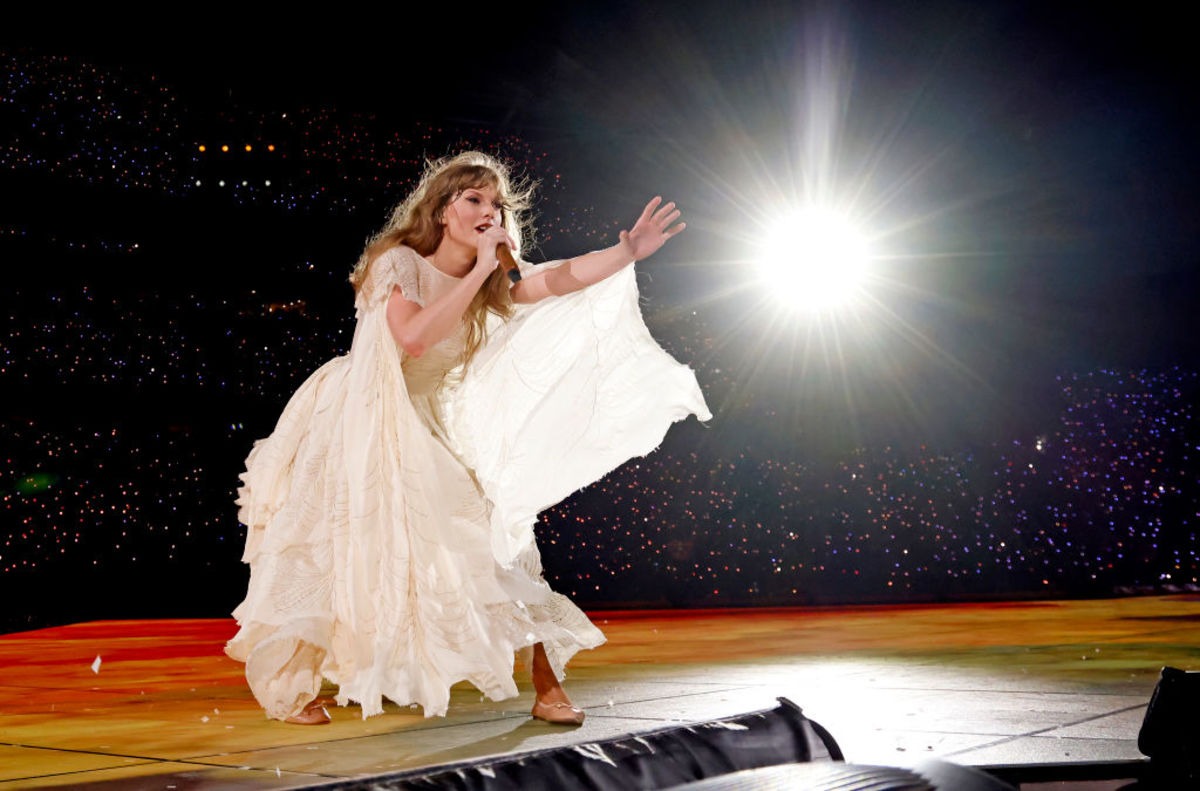
In an effort to regain control of her earlier work, Swift announced she would be re-recording her first six albums. Each re-recorded album has included additional vault tracks, previously unreleased songs left off the original recordings.
These releases have each been accompanied by a robust promotional campaign, including new merchandise and multiple, limited-edition versions of each record for fans to collect.
The release of Speak Now (Taylor’s Version) marked the halfway point of this process, which has paid off big time. Fearless (Taylor’s Version), Red (Taylor’s Version) and Speak Now (Taylor’s Version) have all performed better than the originals.
This is largely due to the unwavering support from her fans, known as “Swifties”. They’ve embraced the new recordings, shaming anyone who plays the original “stolen” versions.
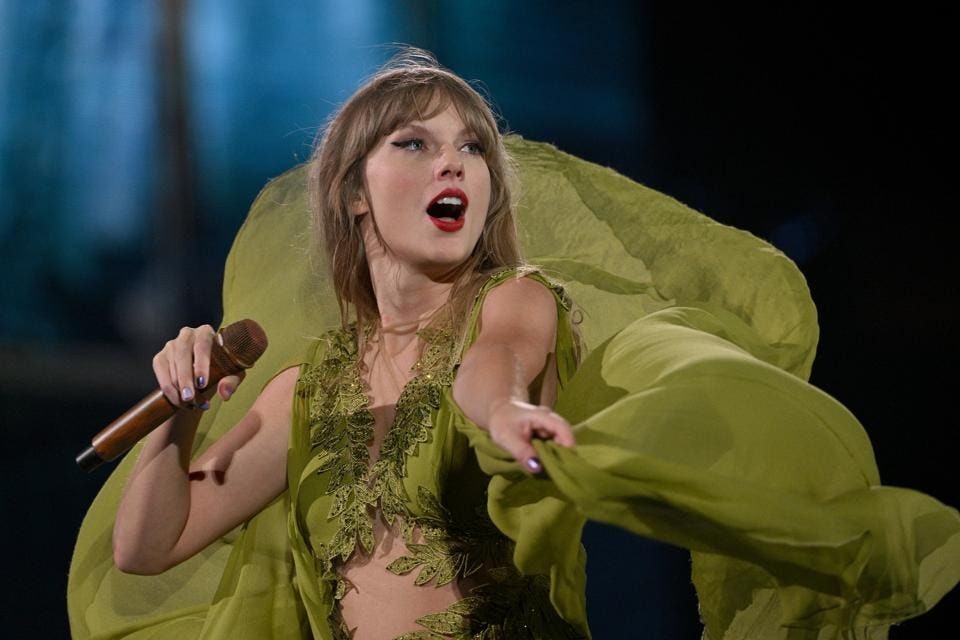 The power of Swifties
The power of Swifties
Swift’s loyal fandom are known for their high levels of participation and creativity. Fans have spent an extensive amount of time hand-making outfits for concerts, and discussing elaborate theories online.
Swift has a reputation for leaving clues, known as Easter eggs, in her lyrics, music videos, social media posts and interviews. There are fan accounts dedicated to analysing these Easter eggs, studying specific number patterns and phrases to uncover hints for what Swift might do next.
Swift and Taylor Nation, a branch of her management team, encourage these behaviours by rewarding fans for their participation.
Read more: How does a Taylor Swift fan prove their love? Money
For the upcoming release of 1989 (Taylor’s Version), Swift has unveiled a series of puzzles on Google, which fans must solve together in order to reveal the names of the upcoming vault tracks.
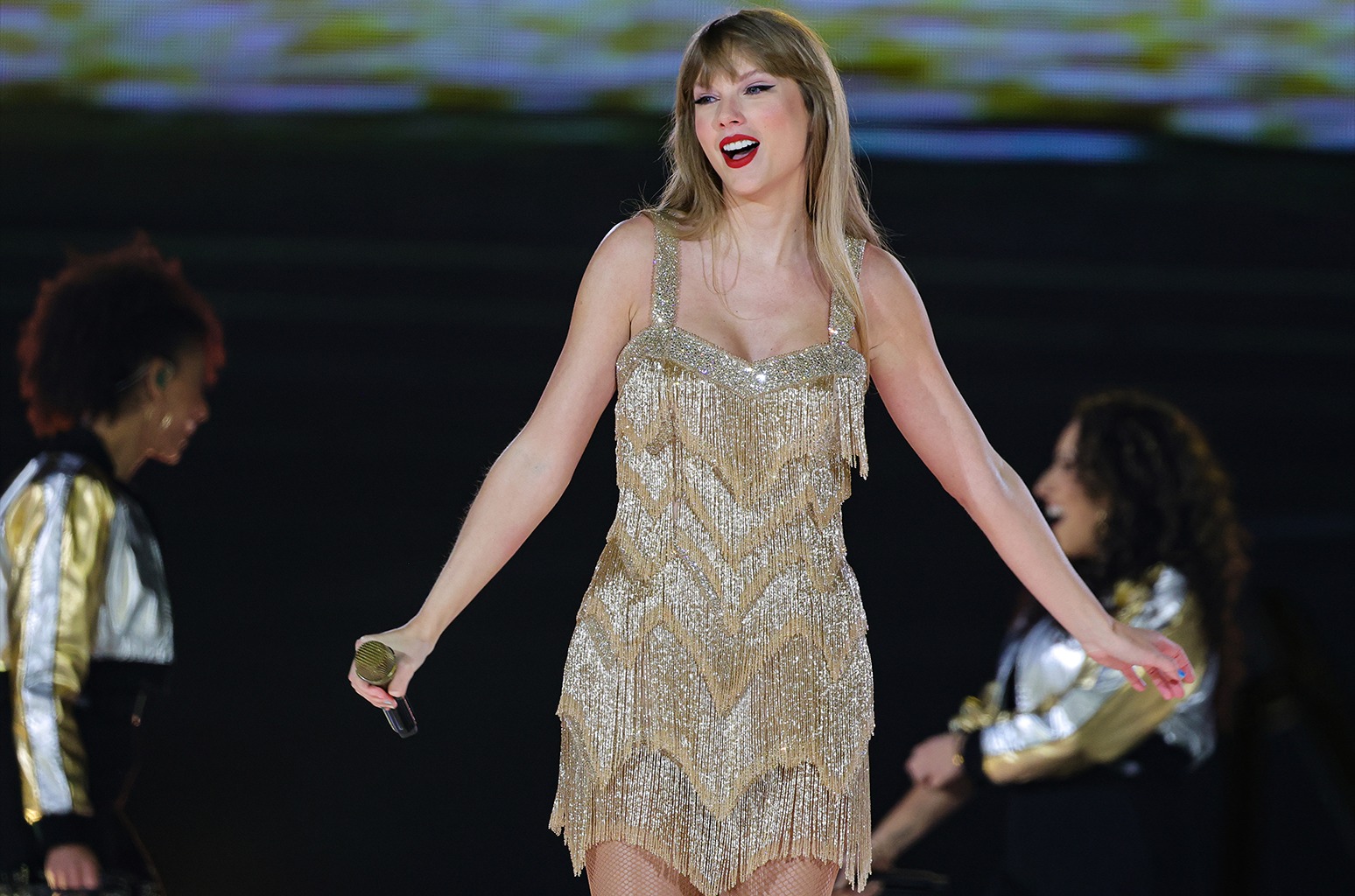
Swift’s fandom crosses generations. She’s a quintessential millennial, and many fans have grown up with Swift over the past two decades. Some have even started to bring their children along to the concerts, posting videos of them set to the bridge to Long Live.
She’s also found a younger audience on TikTok, a platform predominantly used by Gen Z. Affectionately dubbed “SwiftTok” by fans (and now Swift herself), users post videos to engage with other Swifties and participate in the community.
Swift’s songs are often used in popular trends. The release of Midnights last year had many dancing to Bejeweled and Karma, but Swift’s older catalogue has also gotten a good run. A remix of Love Story went viral in 2020, which helped a new generation discover her older music. Most recently, her song August has been used for running on the beach and spinning around with your pets.
She’s also closely aligned with young adult shows like The Summer I Turned Pretty, which has featured 13 of her songs throughout the show’s first two seasons. Swift’s music is so central to the story that author Jenny Han nearly dedicated the second book to her.
Swift continues to dominate the cultural conversation through her music, business decisions and legions of devoted fans.
Right now, Swift’s popularity is at an all time high, and it could be easy to dismiss this hype as a passing trend. But if these first 17 years are anything to go by, Swift’s proven she’s in it for the long haul, and worthy of our time.





